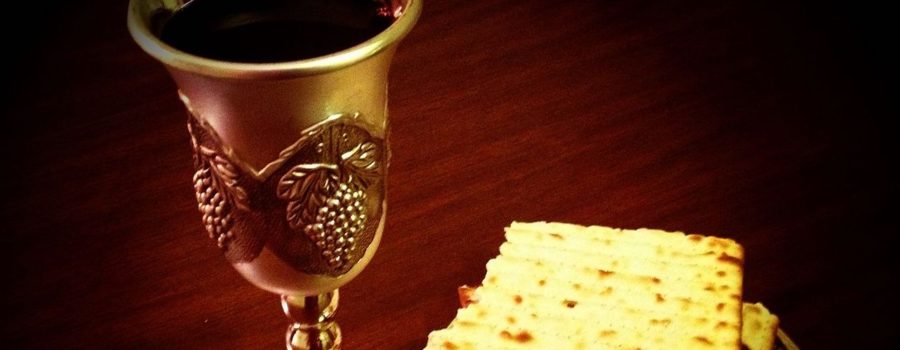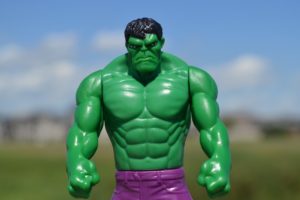It is well known that Yeshua was crucified and resurrected during Passover, but did you know that he did not visit the Nefites in Bountiful until the following Passover?
The Tekufa
According to The Stick of Joseph, the destruction at the death of Messiah occurred “in the thirty and fourth year, in the first month, on the fourteenth day of the month” (3 Nefi 4:2), which was, of course, Passover (see Exodus 12). The Stick of Joseph text then remains silent for a period of about a year, and picks up again “in the ending of the thirty and fourth year” (3 Nefi 4:11).
The wording is very similar to a passage in the Tanakh, where we read “And it came to pass at the end of the year,” (2 Chron. 24:23) where the underlying Hebrew word for “end” is TEKUFA (תְּקוּפָה). This word TEKUFA is a key word in understanding the regulation of the year in the Hebrew calendar. The word TEKUFA literally means “cycle” or “circuit,” leading some translations of 2 Chron. 24:23 to render it “the turning of the year.” This word is also used to refer to the two solar equinoxes. The Fall equinox is tied to Sukkot (Tabernacles) and the Spring equinox is tied to Passover.
As we read in Targum Jonathan:
Be mindful to keep the times of the festivals,
with the intercalations of the year,
and to observe the TEKUFA thereof in the month of Aviv
to perform the Passover before YHWH your Elohim,
because in the month of Aviv
YHWH your Elohim brought you out of Egypt;
you shall eat thereof by night.
(Targum Jonathan on Deut. 16:1)
The “turning of the year” or “end of the year” is clearly associated with the month of Aviv and Passover. Thus, Yeshua first appeared to the Nefites at the time of the TEKUFA, which was at Passover.
The Stick of Joseph says, “And now it came to pass that there was a great multitude gathered together of the people of Nefi, round about the Temple which was in the land Bountiful” (3 Nefi 5:1), which would absolutely have been the case at Passover—an occasion traditionally requiring a temple pilgramage! Further, the text implies the multitude consisted of travelers from elsewhere who had not been to Bountiful in quite some time, as evidenced by their “marveling and wondering one with another, and…showing one to another the great and marvelous change which had taken place” (3 Nefi 5:1). Thus, we see that this multitude had come from a distance to gather at the temple for a significant religious event at the turning of the year. The Passover fits the narrative in every respect!
The Two Seders
Further evidence that Yeshua first appeared to the Nephites at Passover is that Yeshua held abbreviated Passover seders on each of the first two days after he appeared. Let’s look at the text.
After spending some time teaching the Nephites on the first day of Passover, Yeshua “commanded his talmidim that they should bring forth some matzah and wine unto him” (3 Nefi 8:6). He then held what seems to be a brief, possibly abbreviated, Passover seder (or perhaps the Stick of Joseph gives us an abbreviated account of a complete seder. See 3 Nefi 8:6-9).
Then “the next day” (3 Nefi 9:2) Yeshua again held a brief Passover seder:
“…And it came to pass that he broke matzah again, and blessed it, and gave to the talmidim to eat. And when they had eaten, he commanded them that they should break matzah and give unto the multitude. And when they had given unto the multitude, he also gave them wine to drink, and commanded them that they should give unto the multitude…” (3 Nefi 9:6).
Notice that Yeshua held two, back-to-back Passover seders on two consecutive days! This is important because within the Land of Israel, one seder is held on the first day of Passover, while outside of the land of Israel, the custom is to have two seders—one on each of the first two days of the Feast!
It seems unlikely that Yosef ben Yosef would have been aware this was a Passover event, or that these were Passover seders; and it seems even less likely that he would have been aware of the custom of holding two seders on each of the first two days of Passover when outside of the Land of Israel!
Once again, the Stick of Joseph gets all of these details correct, establishing that it is, in fact, an authentically ancient Jewish document!






5 Comments
Leave your reply.